- Learning time
- 10 minutes
- First play time
- 40 minutes
Star Trek: Conflick in the Neutral Zone
Designed by: Mike Elliott
Conflick in the Neutral Zone is a two player (or two team) affair where one side plays the Federation, and the other the dastardly Klingon Empire. Although there are a few weighty, strategic, Star Trek-themed games out there, as the title implies this is a lighter affair, where movement, combat, and ultimately victory or defeat, are defined by flicking spaceships.
Each side begins with a few spaceships at their disposal, in the form of wooden discs of various sizes. The nub of the game is very simple: you can launch new ships and flick any of your own already in play. There are two types of ship – one (the collectors) harvests goods for you when ‘landing’ on any of the three planets: energy which can be spent to buy more ships, command points collected – the game suggests ten are required for victory, though you could make this less or more depending on your preferences. The other kind of ship goes on the attack, hitting opponent ships either off planets, or off the board entirely. Aggression is rewarded: any opponent ship destroyed is worth a command point.
But it’s not quite as straightforward as a bar-room brawl write large across the galaxy, because each side also has two asteroids they can place or move on their turn, blocking the enemy angle of attack and protecting their precious ships. The danger with more speculative or adventurous flicks is that you can end up destroying yourself…
As you add more ships to your fleet you’ll see that most of them come with special abilities, and these are tracked by cards you place in front of you. There are always a few ships available to build from your energy, and you can even commandeer enemy or neutral ships for your own ends. When the command point objective is reached, the final round is played out.
The reverse of the board offers a three-player variant where the third player can be an extra Federation/Klingon faction
The guru's verdict
-
Take That!
Take That!
It's a fight, so there is a lot of interaction of the non high-fiving kind
-
Fidget Factor!
Fidget Factor!
Low! Conflick plays extremely quickly
-
Brain Burn!
Brain Burn!
Balance your short-term tactical decisions on the board with long-term strategy - steady fleet-building to try and overwhelm your opponent, or a high-risk escapade of trying to accrue points as quickly as possible?
-
Again Again!
Again Again!
The ships themselves give a lot of variety, as what is available when is a random factor. But the fun is in the flicking.

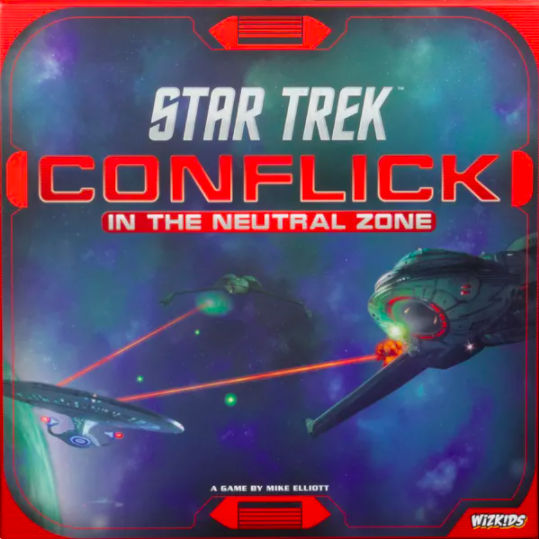



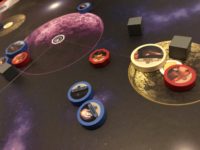




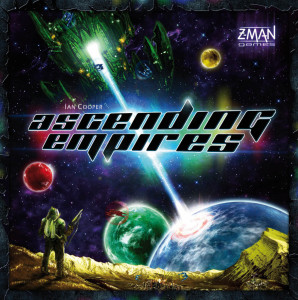
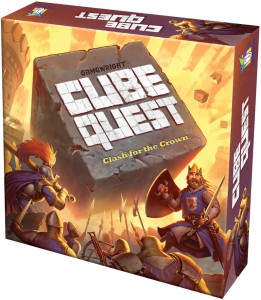
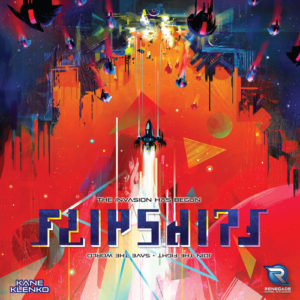
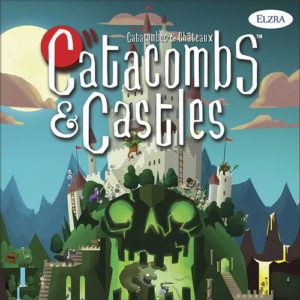
Sam says
This flicking game lands somewhere between the silly (and fun) Cube Quest and the weightier, more tactical (and fun) Ascending Empires. The best of both worlds, or a seeming-compromise? Despite the theme, it's actually closer to Cube Quest, aligning the flicking-style punch-up with some resource management. I enjoyed playing it, but I'd stop short of unreservedly recommending over either of those games - not because of the design, but the development. Allowing either side to build enemy ships is a neat narrative wrinkle, but in practice we ran into a couple of shortcomings: firstly, later in the game you can't tell the board state by glancing at it, as the starting dynamic of red versus blue changes, not only with neutral ships coming into play but a red ship that belongs to the blue player and vice versa. Reversible discs would have helped. But it's exacerbated somewhat by the identifying text on the ships being tiny, meaning too much of our playtime was spent leaning over the board to identify which ship belonged to whom. We still had fun, and I like all the ship abilities in particular (the Tholian in particular, which is launched on its side, tickled me) but the flow of play was slightly clunky down to what seems a fairly basic oversight. In some games, perusing the board for inspiration/ tactics/ strategies is part of the experience, as players judge probabilities, calculate strategies etc. In a flicking game, it feels misplaced, and I'd argue FlickFleet, does it better in a box half the size. But if you love Star Trek (and your eyesight is 20/20!) you can bump our rating up a notch - it's fun, just slightly flawed in execution.